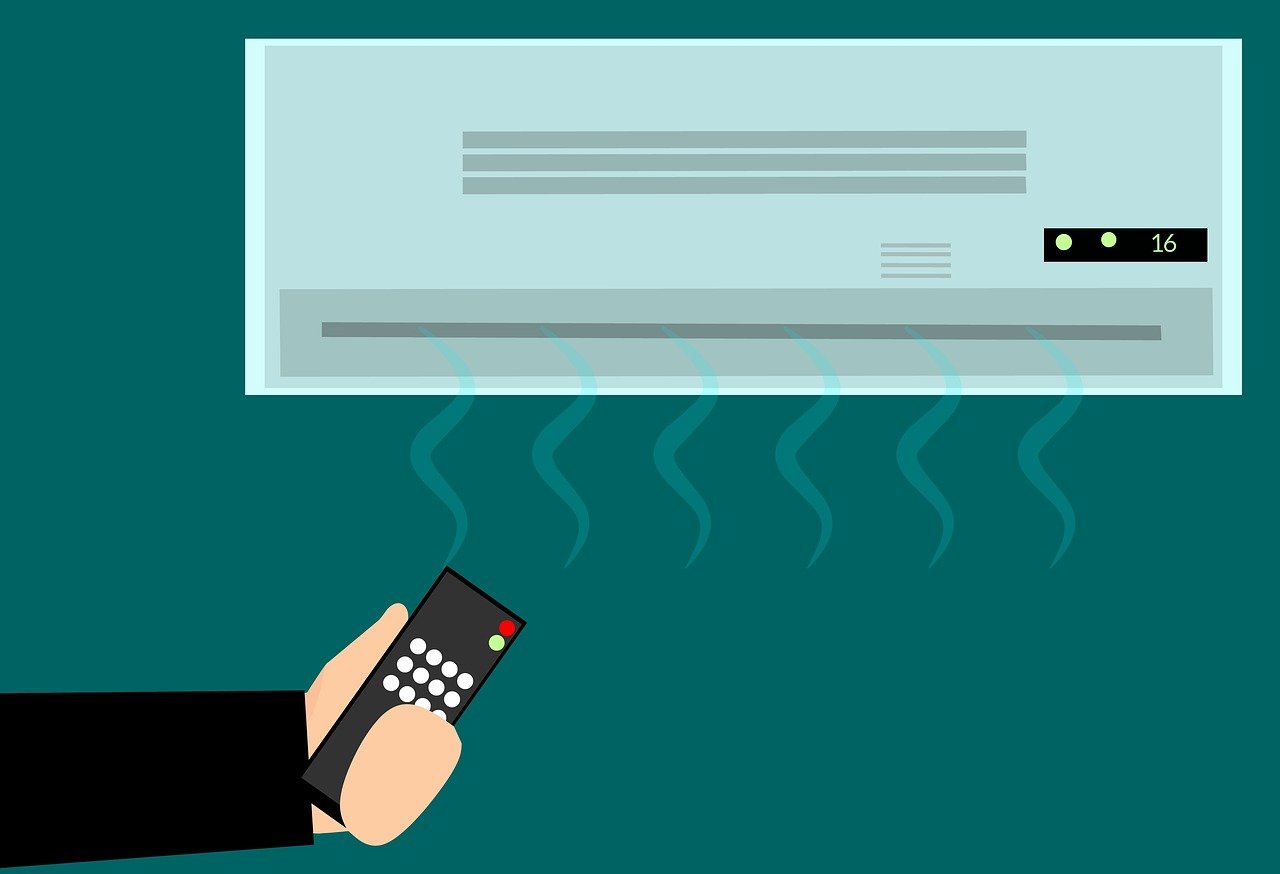Have you ever wondered how it’s possible for air conditioning units to both cool and heat your home? The answer is simple: a reverse cycle air conditioner. This incredible technology works by taking the hot air from outside and transforming it into cool air for your home, and the opposite during colder seasons. It’s an efficient and cost-effective way to keep your home comfortable year-round.
Basically, a reverse cycle air conditioner works by extracting heat energy from the outside air and then transferring it indoors. This is done through a refrigerant process that operates on the principle of evaporation and compression. The refrigerant is contained in a loop that is connected to two coils: one inside the building and the other outside. In the indoor coil, the refrigerant absorbs heat from the air in the room while the outdoor coil expels hot air from the refrigerant to the outside.
The refrigerant then goes through a compressor where it is compressed, raising its temperature and pressure even further. This high-pressure, high-temperature gas is sent to the outdoor coil where it is cooled and condensed back into a liquid, releasing the heat energy into the surrounding air. The refrigerant is then sent back inside to the indoor unit where it is evaporated again, and the cycle starts all over.
One key advantage of a reverse cycle air conditioner is its efficiency – it can extract up to three times more heat energy from the air compared to the electrical energy it consumes. This means you get more heating or cooling for your money. Another advantage of this technology is its flexibility – it can be used for both cooling and heating, which means you only need one unit instead of two separate ones.
In addition to its practical benefits, a reverse cycle air conditioner is also environmentally friendly. Unlike other heating methods, it doesn’t produce any emissions or pollutants. And since it operates on electricity, you can easily use renewable energy sources such as solar power to power your unit.
When it comes to installation and maintenance, a reverse cycle air conditioner is relatively easy to install and maintain. It doesn’t require any additional ductwork, making it a more affordable option than central heating. And as long as you keep your filters clean and your unit serviced regularly, it should last for many years without any major issues.
So, what are some of the cons? Well, one potential drawback of a reverse cycle air conditioner is that it may struggle to heat or cool extremely large spaces. In this case, you may need to install multiple units or opt for a different type of system. Additionally, some people may find the noise of the compressor or fan unit to be a bit too loud for their liking.
Despite these minor drawbacks, a reverse cycle air conditioner is an excellent investment for any homeowner. With its ability to efficiently and effectively heat and cool your home, as well as its eco-friendliness and ease of maintenance, it’s no wonder this technology is becoming increasingly popular. If you are considering one for your own home, be sure to consult with a professional installation company to ensure you get the best unit for your needs.
A reverse cycle air conditioner is a great option for those looking to keep their homes comfortable all year round. With its efficient and cost-effective technology, flexibility, and environmental benefits, it’s no wonder this type of unit is gaining in popularity. Whether you’re in a hot or cold climate, a reverse cycle air conditioner can provide you with the perfect solution for all your heating and cooling needs.

No Comments